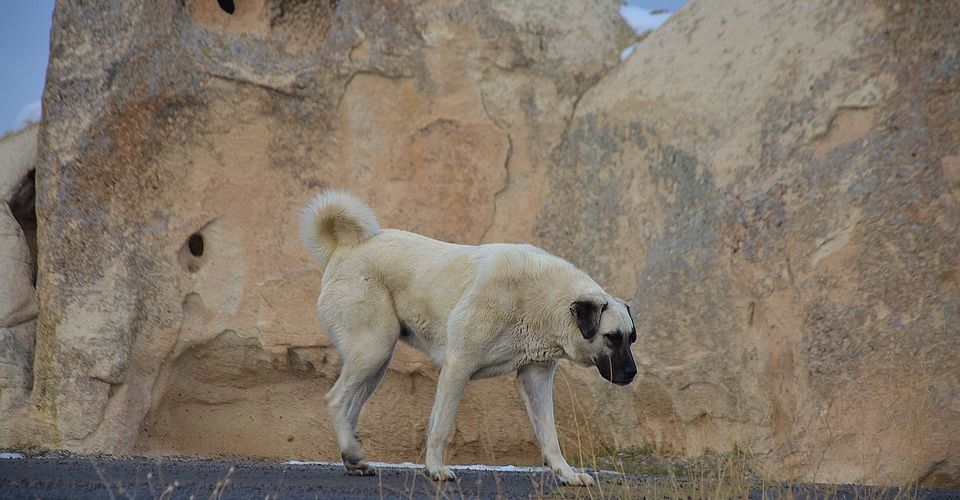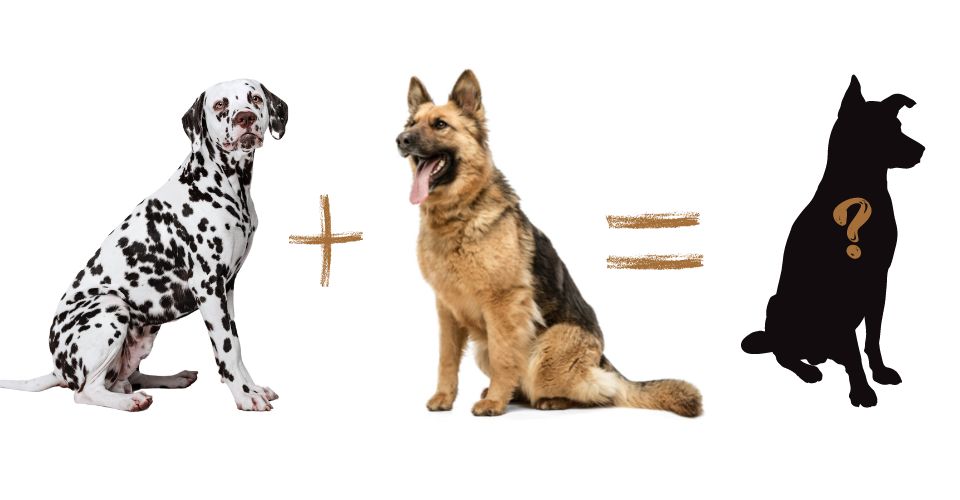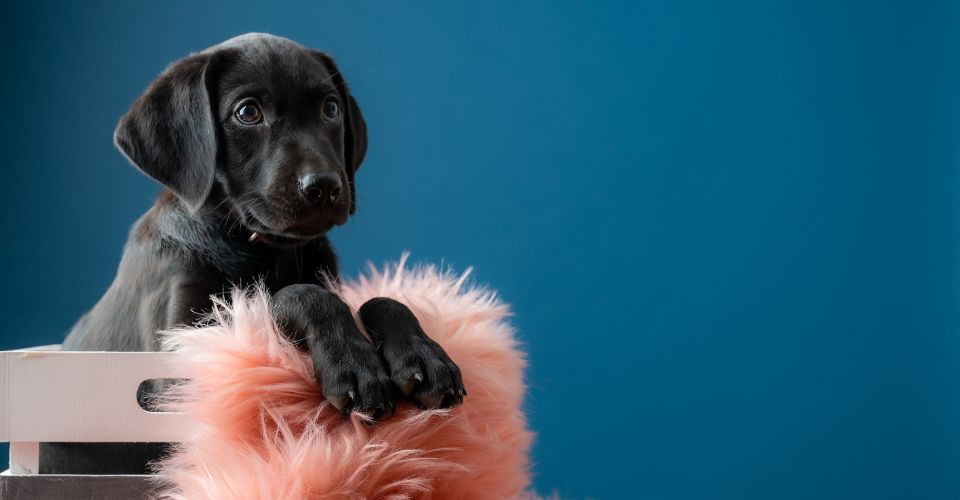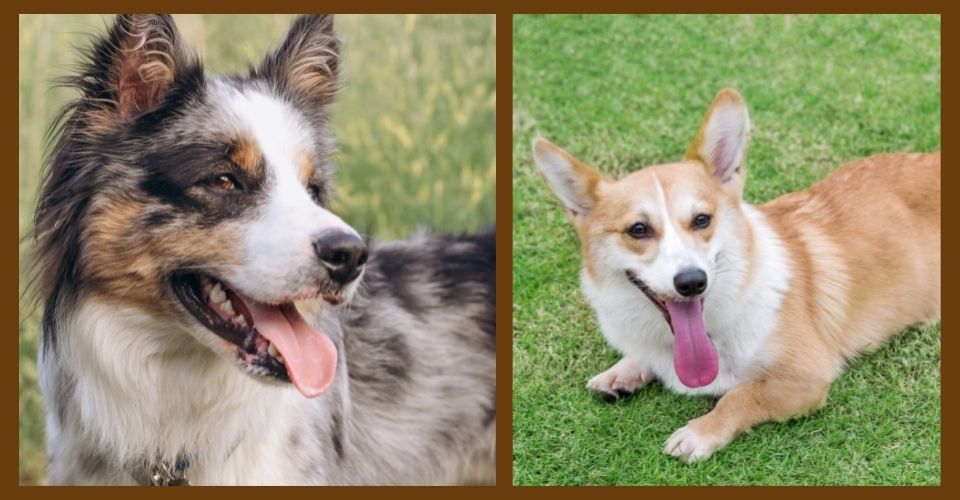The Pug is a dog breed with a small tail, chubby body, small face, and short-muzzled tail. They originated in China over 2000 years ago and were kept as companions of the Chinese emperors and later as the mascot of Holland’s royal House of Orange. Pugs are considered one of the oldest dog breeds to exist in and were bred to be original lap dogs.
As Pugs are loved throughout the world, many dog lovers still wonder if they are a good fit for people prone to pet allergies or if Pugs are hypoallergenic. After thorough research, we have gathered some facts about Pugs and the answer to the question—are Pugs hypoallergenic?
Are Pugs Hypoallergenic?
No, Pugs are not hypoallergenic. Hypoallergenic essentially means being “below average” or “slightly” allergenic. The term means something that causes fewer allergic reactions. Hypoallergenic is a term used for such furry friends that are least likely to trigger an allergic reaction to their adoptive parents. Although, it is still important to note that no dog is a hundred percent hypoallergenic.
Before we jump on to the details, here are a few things to keep in mind before adopting Pugs to ensure you’re not prone to pet allergies.
Dog allergies include many symptoms, such as an itchy nose, coughing, congestion, and even an asthma attack. These allergies may appear immediately after exposure, or they may even take up to an hour to occur.
Pugs, unfortunately, don’t fall into the hypoallergenic category. They’re pretty prone to allergies, especially those with double coats. However, there are a few factors you can consider to ensure minimum allergic reactions without having to drop the idea of adopting your favorite dog.
How to Take Care of Your Pug
Before we begin, you should know that Pug-induced allergic reactions may only be constrained, not eliminated. The optimal course of action is to always contact your veterinary doctor and follow the given procedures in case of any unprecedented events.
Clean the Folds
Pugs have multiple folds on their face and body; these folds tend to trap dirt and germs. When they clean and lick themselves, the saliva and moisture can get trapped in these folds. If you don’t clean their folds frequently, your dog might start to smell, which can be triggering and bad for him as well. A routine grooming session of your pug will help you handle the situation.
Brush Your Pug
Brushing your Pug regularly would allow dead hair or tangles to fall off. The excess would be removed carefully rather than heavy shedding around the house. This enables the pet parent to manage the hair accumulation and minimize the risk of allergic reactions.
Invest in a Vacuum
You might already own one, but the point is to use it daily. Ensure that it covers critical areas that your dog likes to play in or meander about while also making sure that your carpets and sofas are allergen-free.
Dust Your Home
Other than carpets and sofas, dog hair can also fall on tabletops and vanities. It is extremely important to clean up your tables and vanities daily.
Clean the Beds
A clean space equals a healthy space. Make sure to clean your Pugs’ bed frequently.
Pug-Free Zones
Believe it or not, having a Pug-free zone in your home will help you immensely. If you’re prone to pet allergies, having Pug-free areas in your house would benefit you in the long run.
House-Train Your Pug
House-training your dog can be one of the best options for you if you’re prone to pet allergies. Make sure you train your dog to defecate outside the house. It will save you from allergies caused by dogs’ urine, and you will not have to clean up the mess afterward.
Common Skin Infections and Allergies
According to Central Texas Veterinary Specialty and Emergency and Care Hospital, Pugs are prone to certain allergies and infections. A rough estimate of 20% of Pugs suffers from health problems. In case of any indications or symptoms, contact your veterinary doctor immediately.
Atopy
Atopy is a skin allergy typically found in the folds of the Pug. It makes the skin uncontrollably itchy. Atopy tends to worsen with time with frequent ear infections.
Ear Mites
Pugs are prone to ear mites. The dirt and grime can get trapped in their ear folds, leading to infections and ear mites. Regular cleaning of the pugs’ ears is essential.
Demodex
Usually, your dog’s immune system is competent enough to tackle mites and infections. However, Demodex is a microscopic mite that nestles in the hair follicles of Pugs. It can be easily spotted by bald patches near the paws or face. A visit to your pet doctor should get the situation under control, although in advanced cases, lifelong management may be required.
Dandruff
A skin condition known as Cheyletiellosis or Walking Dandruff can be found in Pugs. It’s caused by a small mite and leads to heavy scaling, scruff, dandruff, and scabs. This will eventually form crusts and hair loss. The mite is hard to locate, and the veterinary doctor may have to optimize a cocktail of methods to exterminate it.
Other Allergies
Pugs are brachycephalic by nature. Brachycephalic is a term that refers to a mutation in dogs that alters the way their bones and skull grows, causing it to be broader and typically lead to health concerns. Pugs typically suffer from brachycephalic syndrome.
The disorder may cause nasal blockage and respiratory concerns, which requires Pug parents to be extra vigilant for their fur babies.
Food Allergies
Dogs are generally lactose intolerant; they can’t digest milk or dairy products. Those coupled with fillers and artificial dyes are common culprits of allergies for Pugs. Wheat, soy, and even eggs can cause adverse effects in your Pug’s life. These might manifest in various gastrointestinal ways like diarrhea, vomiting, or even itching or skin infections.
Airborne Allergies
Allergens such as pollen, mold, dust, or even weeds once inhaled can cause allergic reactions to your dog’s health. These allergies include coughing and itching and, in some rare cases, respiratory issues.
How to Counter the Pugs Health Concerns
The optimal way forward to tackle your Pugs health issues is to contact your veterinary doctor and follow the prescribed methods with regular follow-up appointments. Nonetheless, there are some precautions that you can take beforehand.
Eliminate Plastic
Getting rid of plastic dishes and toys for your dog can reduce the risk of exposure to your Pug.
Treat Hotspots
The hotspots can be treated with shampoos, disinfectants, and sprays.
Grooming
Cleaning your dog with a wet towel around the ears, face, feet, and fold is essential for your dog’s hygiene and wellness.
Dog Food
Switching to wholesome top-quality dog foods or premium home-cooked meals can do wonders for your dog’s health.
Allergy Supplements
At times certain allergies can be avoided by treating deficiencies and fulfilling dietary requirements. Consult your veterinary doctor and invest in supplements according to recommendations.





